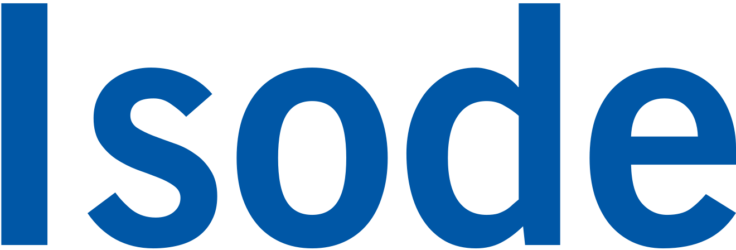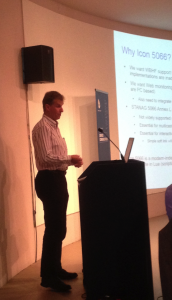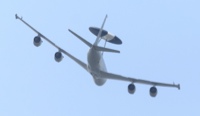The High Frequency Industry Association (HFIA) provides “an industry driven forum for the interactive exchange of technical ideas and information in the area of High Frequency Communications”.
There are usually two physical meetings a year, the first of 2015 took place this month in San Diego and our CEO (Steve Kille) attended and presented.
Steve’s presentation looked at BRASS (Broadcast and Ship to Shore) and its use for Organizational Message Naval communication over HF Radio. He showed how BRASS works as well as how and why current deployments use a range of very old technology. He then described Isode’s strategy which involves introducing new COTS software for BRASS systems that support legacy systems, as well as providing a migration path to state of the art HF and Messaging technologies.
Steve’s slide set from the talk is available for viewing on the Isode website (PDF).




